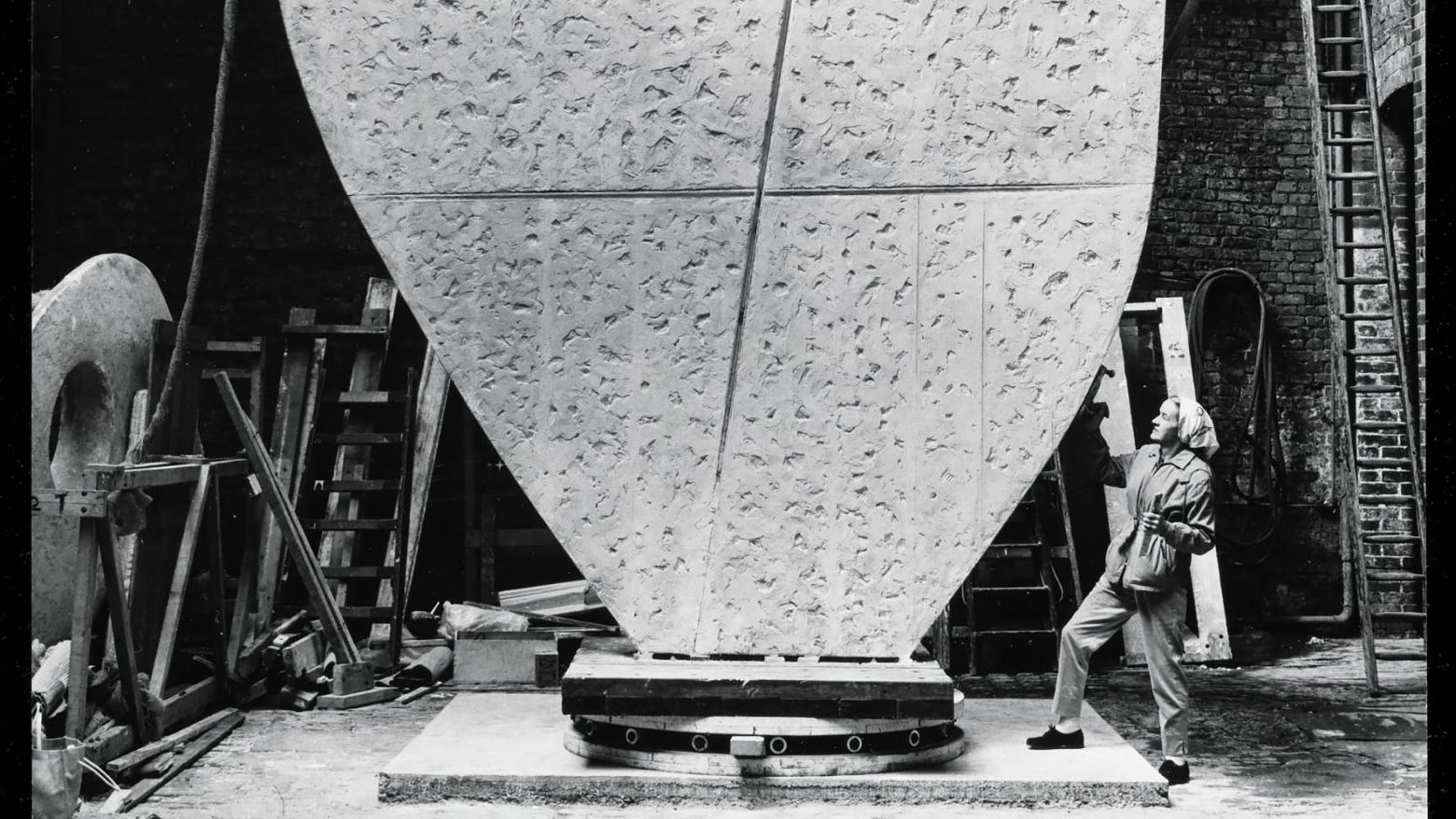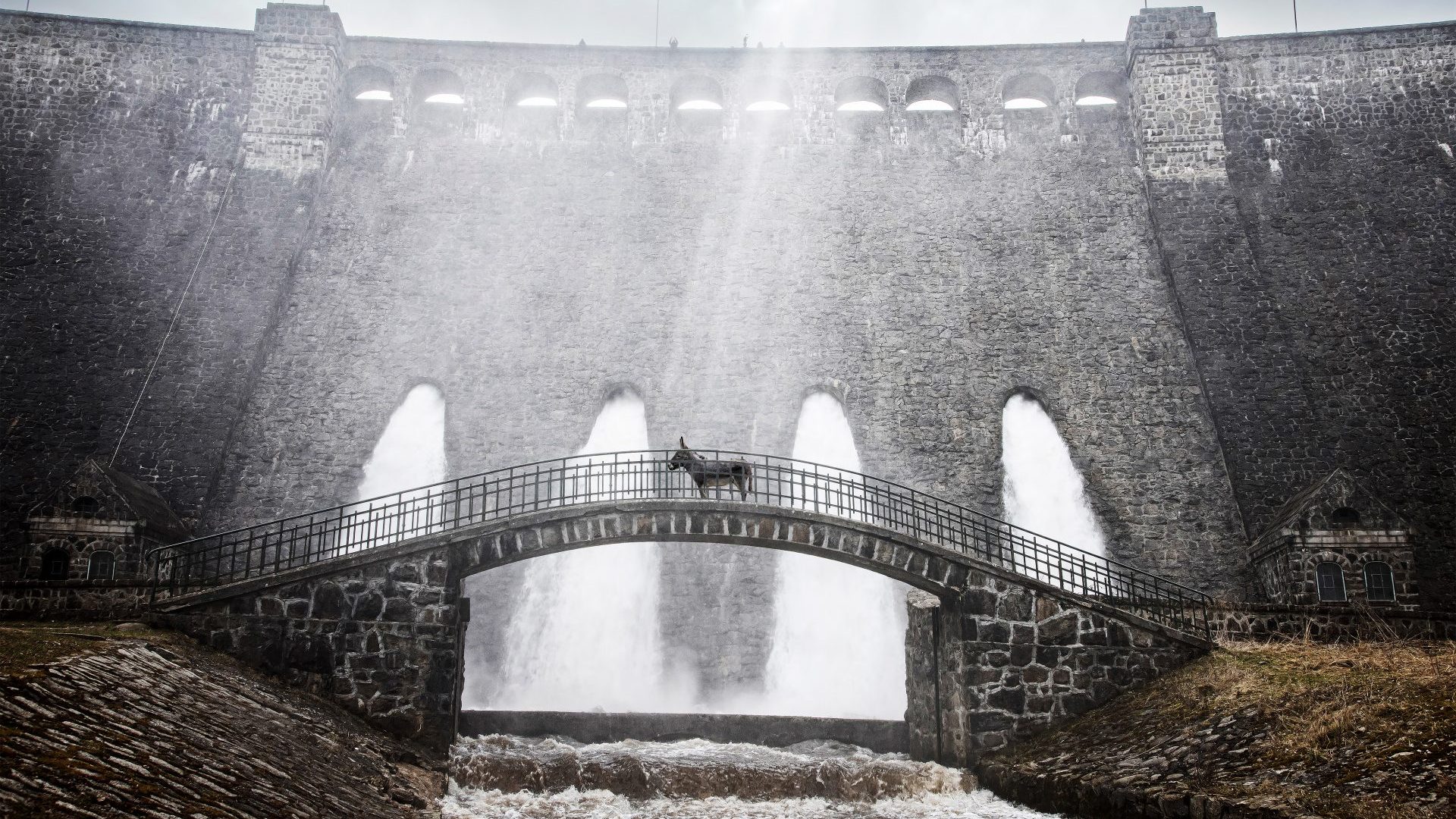Blue Monday – the third Monday in January, used by marketing men to push everything from booze to exercise machines – has been and gone. But with all the uncertainties we face as 2023 begins, the idea of January despair is more relevant than perhaps at any other time in the 15 years since “Blue
Monday” was first coined in a pseudoscientific Sky Travel press release, and we may be forgiven for wallowing in misery.
And who better to supply the cultural sustenance for a mope than our
miserabilist European cousins? In every area of art and thought, it has been Europe that has been preeminent in probing the depths of human desolation, from the existentialist philosophers (Sartre’s “Every existing thing is born without reason, prolongs itself out of weakness, and dies by chance”, was just one of a long line of cheerful observations) to the expressionist artists (Munch’s whole career was one long exploration of illness, death and mental breakdown, but his The Scream forever stands for the hell of the individual trapped in their own anxiety).
In music too, European composers and musicians have rivalled even Britain’s own stellar track record for miserable music and bleak lyrical themes (see Nick Drake, Joy Division, The Cure, The Smiths and Manic Street
Preachers, just for starters).
With its regular themes of betrayal, tragedy and death, opera has provided a wealth of exquisite misery. The deathbed duets between the tragic Mimi and her true love Rodolfo in Puccini’s La bohème, and Verdi’s Rigoletto and his daughter Gilda as she dies are pretty heart-wrenching.
Death had, of course, preoccupied composers that had gone before. Mozart’s Requiem was unfinished on his death and would be shrouded in mystery as his widow spread the rumour that he had written it for his own funeral. It was in fact a commission for someone else, but its soaring sense of tragedy is undeniable either way. Earlier the same century, Bach’s Komm, süßer Tod, komm selge Ruh (Come, sweet death, come, blessed rest) was as sombre as the grave.
Fast forward to the turn of the 20th century and we find Mahler – whose emotional dexterity was made clear by the hugely moving Adagietto of his Fifth Symphony – composing Kindertotenlieder (Songs on the Death of
Children), foreshadowing the loss of his own young daughter three years later, and Ravel writing his ultra-subdued Pavane pour une infante défunte (Pavane for a Dead Princess).
For modern classics to feed a despairing mood, look no further than Richard Strauss’s Metamorphosen, composed in the closing months of the second world war against a backdrop of multiple crimes against humanity, and minimalist composer Henryk Górecki’s Symphony of Sorrowful Songs. Written in the mid-1970s, Górecki’s symphony was based on Polish historical sources, including a medieval lament of the Virgin Mary and a folk song about a mother whose son was killed in the Silesian Uprising. The soprano part of the second movement, based on a prayer scratched into the wall of a Gestapo cell in southern Poland, is particularly devastating.
Popular music has of course been less likely to explore the darkest moments of human history, instead plumping for explorations of the emotional pain caused by messy break-ups. The great interpreters of song of the mid-century dealt in the most tortured of personal circumstances. The Queen of Fado – surely Europe’s most mournful musical tradition – Amália Rodriques told the tale of Dois amantes desunidos (Two disunited lovers) in her Maldição (Curse) (1955), and Brel’s Ne me quitte pas (Don’t Leave Me) of four years later is unrivalled for snivelling patheticness.
But European artists have not lost their skill for a devastating break-up song in more recent years. Björk’s Black Lake (2015), written after her relationship of over a decade ended, is a mass of agony, while Swedish songstress Lykke Li’s Sadness is a Blessing (2011), something of a counterpart to Amy Winehouse’s Back to Black (2007) in its spirit and Phil Spector sound, deserves a mention for the line “Sadness is my boyfriend” alone.
In fact, one of the best-selling European singles of all time in the UK, the Belgian-born Gotye’s Somebody I Used To Know (2011), plumbs surprising depths of acrimony and bitter recrimination for a mega-hit, reflecting bleakly “You can get addicted to a certain kind of sadness/ Like resignation to the end, always the end”.
With music like this, who needs happiness?
BLUE MONDAY in five songs
Gustav Mahler, Adagietto (1901-02)
Mahler’s Fifth Symphony was a statement of love to his wife, but the use of its Adagietto as the lugubrious backing to the climactic death scene in Visconti’s Death in Venice (1971) means it is forever associated with tragedy.
Édith Piaf, Miséricorde (1955)
Opening with a literal death knell, this song finds its protagonist mourning
the life – and the child – she might have had with a lover she has lost in war. “Plus jamais ne rirai”(“I will never laugh again”), Piaf sings.
Henryk Górecki, Symphony of Sorrowful Songs (1976)
Górecki’s devastating three-movement symphony was rooted in the many
tragedies of Polish history. Composed in the 1970s, it became a bestseller via
a 1992 American recording.
ABBA, The Day Before You Came (1982)
Lyrics focusing on everyday drudgery, and the unnerving and unspoken
sense that this love affair turned out to be far from hearts and flowers make
this one of pop’s darker moments.
Biosphere, Poa Alpina (1997)
For a sense of sheer alienation, the brand of electronic music from a coterie of acts from Tromsø, 200 miles inside the Arctic Circle in Norway’s bleak far north, is hard to beat. This track is heavy with a deep sense of ominousness.




